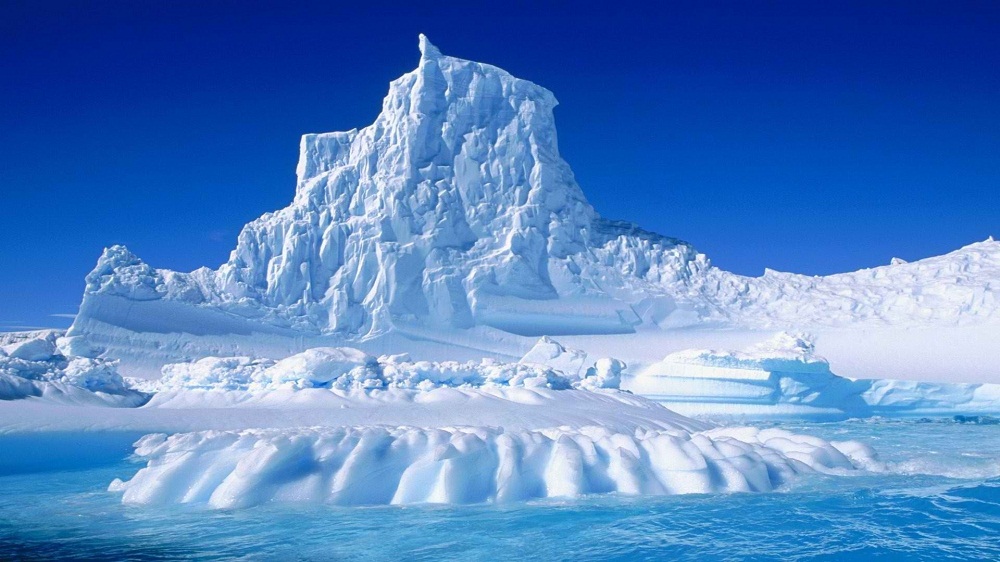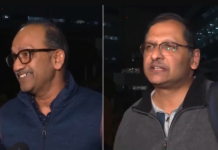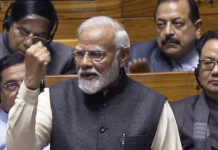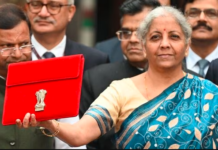They say science is the poetry of reality. Science and technology can make anything and everything happen in this world. Science can help you find anything and know anything about the past. Ever since the earth has been created, every now and then evolution has taken place. Scientists and geologists have time and over again informed the people around the world with some facts that were unbelievable. Now geologists have found evidence which supports the hypothesis that Indian subcontinent was once a part of the Antarctica. It says that a billion years ago Indian Continent and Antarctica were joined but were later separated and were also re-united a several times due to tectonic movement of plates. This happened before the evolution of mankind.
A group of geologists from India and Switzerland, who were researching on evolution of the Earth’s crust, also studied ancient rocks of the continental crust in the Eastern Ghats area. They found some very vital and significant clues to the formation of the continents.
“It is for the first time that we have been able to prove the hypothesis that the continent of Antarctica and subcontinent India were once a single large continent that broke apart about 1.5 billion years ago,” IIT Kharagpur geologist Dewashish Upadhyay, who led the research told PTI.

India and Antarctica then got separated by an ocean.”This ocean closed again with the movement of the landmasses and the two continents approached each other until they collided again around one billion years ago to form the Eastern Ghats mountain belt,” he said.
“Then the movement of the continents reversed again and there was yet another collision around 600 million years ago which created another mountain range that is preserved in the Eastern Ghats all the way to southern India and Sri Lanka and even Madagascar, which was once part of the Indian subcontinent,” Professor Klaus Mezger of the Department of Geological Sciences at the University of Bern, Switzerland, said.
“After this collision the crust broke apart again, once more separating India from Antarctica and now there is a big ocean between the two land masses that had actually combined several times in the Earth’s history,” says the research report.
Upadhyay, winner of the National Geosciences Award 2014, said, “the junction of Singhbhum Craton and Eastern Ghats holds important clues to the formation and evolution of the continents and mountains, especially in the context of the tectonic and geodynamic evolution of the Earth.”
“It is the study of plate tectonics that lead us to understand the evolution of the Earth’s surface and reconstruct its past continental and oceanic configurations,” the IIT professor said.
“This research has revealed this interesting dance of the continents and probably constitutes the best examples we currently have of this phenomenon, where ocean-opening and ocean-closing happened several times,” Mezger said.












